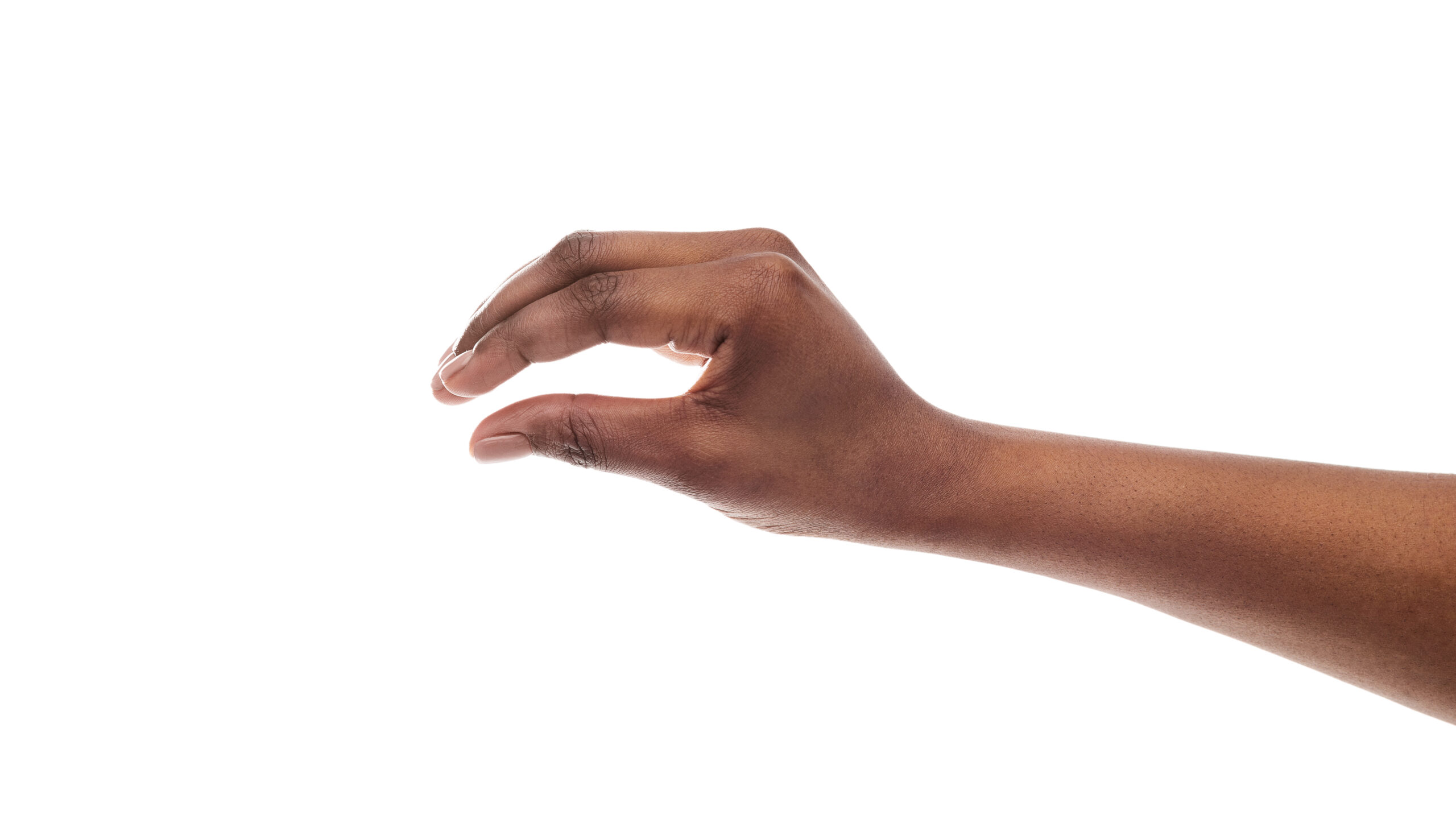When it comes to mainstream trends, there’s a long history of Black and queer communities setting the blueprint, only for their creations to be misused, misinterpreted, or worse, erased altogether. One current example? The misrepresentation of a signature hand gesture from ballroom culture, now incorrectly associated with “clocking that tea.”
Misusing and Misrepresenting Ballroom Gestures
You’ve likely seen someone saying “clock that tea” while doing a dainty, fast-paced finger movement. It’s usually mimicking a tapping or pinching motion. It’s usually the index or middle finger and thumb clapping together rapidly in mid-air, like they’re plucking invisible threads or dust.
To the untrained eye, it might look stylish, quirky, and harmless. But in reality that hand movement is a stylized form of what’s known in ballroom as “finger claps.”
In ballroom performances, finger claps are a deliberate, rhythmic expression. They’re part of the larger language of voguing and gesture-based performance. They have their own vibe, flow, and context. They are not, and have never been, a visual stand-in for “clocking tea.”
But online, people have taken the visual appeal of finger claps and begun pairing them with the phrase “clock that tea,” as if the gesture somehow represents the act of uncovering truth or calling something out.
While both the gesture and the phrase come from ballroom culture, they were never meant to go together.
What Does ‘Clock That Tea’ Actually Mean?
In queer and ballroom slang, “clock” means to notice or call out something. “Tea” is the truth or gossip. So when you “clock the tea,” you’re catching the truth, spotting the real story, or picking up on the hidden shade.
In context, it’s less about finger gestures and more about an awareness, a sharpness. It’s that moment when you see right through someone’s act, recognize what’s really happening, and quietly (or loudly) acknowledge it.
No hand gesture was ever part of saying or performing “clock that tea.” The phrase stands on its own, it didn’t need jazz hands to make it land.
Ballroom Culture Explained
To understand why this matters, you have to understand where it all comes from.
Ballroom culture originated in the 1920s Harlem Renaissance among Black and Latinx LGBTQ+ communities as a radical, creative response to exclusion from mainstream society, including racism within white LGBTQ+ spaces. Over the decades, it evolved into the legendary underground scene of houses, balls, categories, voguing, and community.
By the 1970s and ’80s, ballroom had its own vibrant language, fashion, performance styles, and codes of communication. Phrases like “throwing shade,” “realness,” and “werk,” which are now commonplace across pop culture, were innovated within ballroom long before they hit reality TV or pop song lyrics.
Ballroom was and still is a lifeline for self-expression, survival, and celebration in the face of systemic oppression. Every gesture, every phrase, every beat carries layers of history and meaning.
When outsiders casually remix or misunderstand these traditions, it can be disrespectful. It erases the roots, the resilience, and the revolutionary spirit behind them.
Why It Matters
It’s not about gatekeeping for the sake of exclusion, it’s about respecting and preserving a culture that has given so much while receiving so little credit.
If you love the slang, the sass, the style, and the spirit of ballroom, the best way to honor it is to learn its history, understand its meanings, and acknowledge its creators. Appreciate without appropriating.
